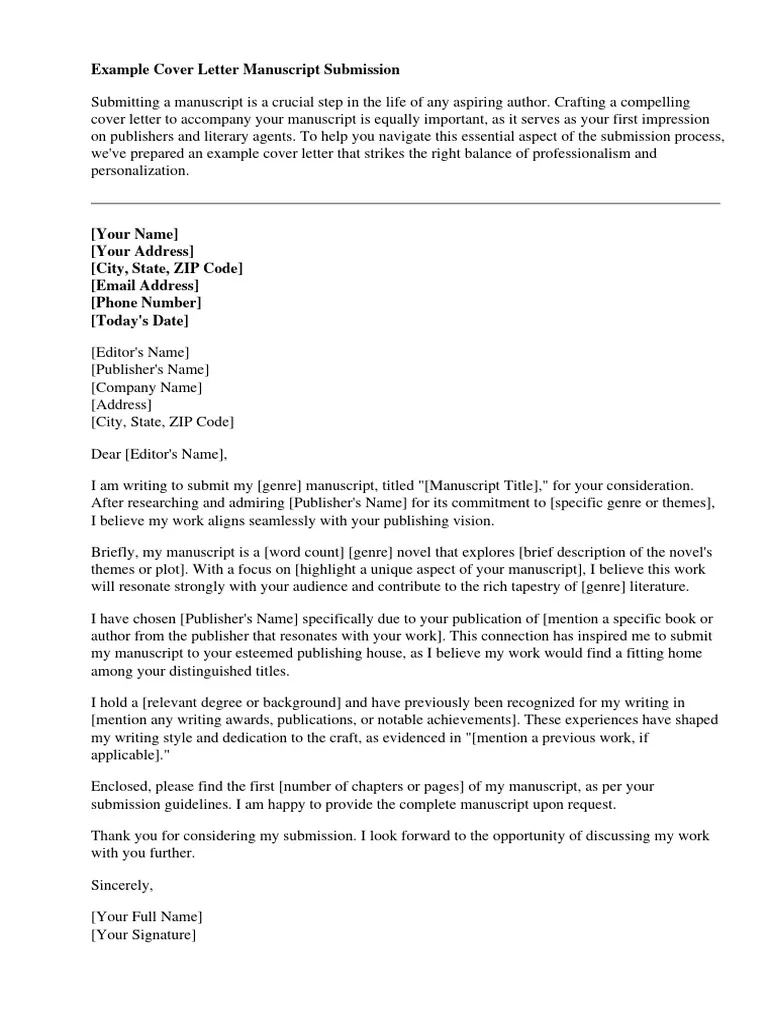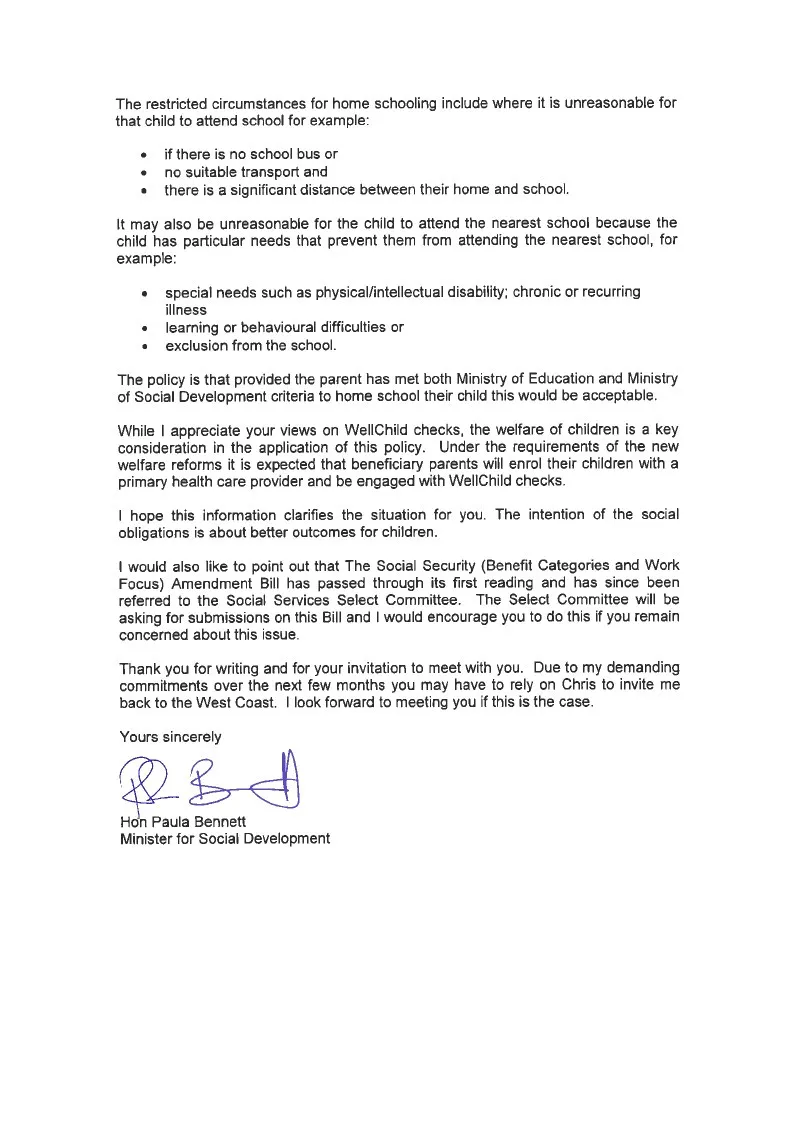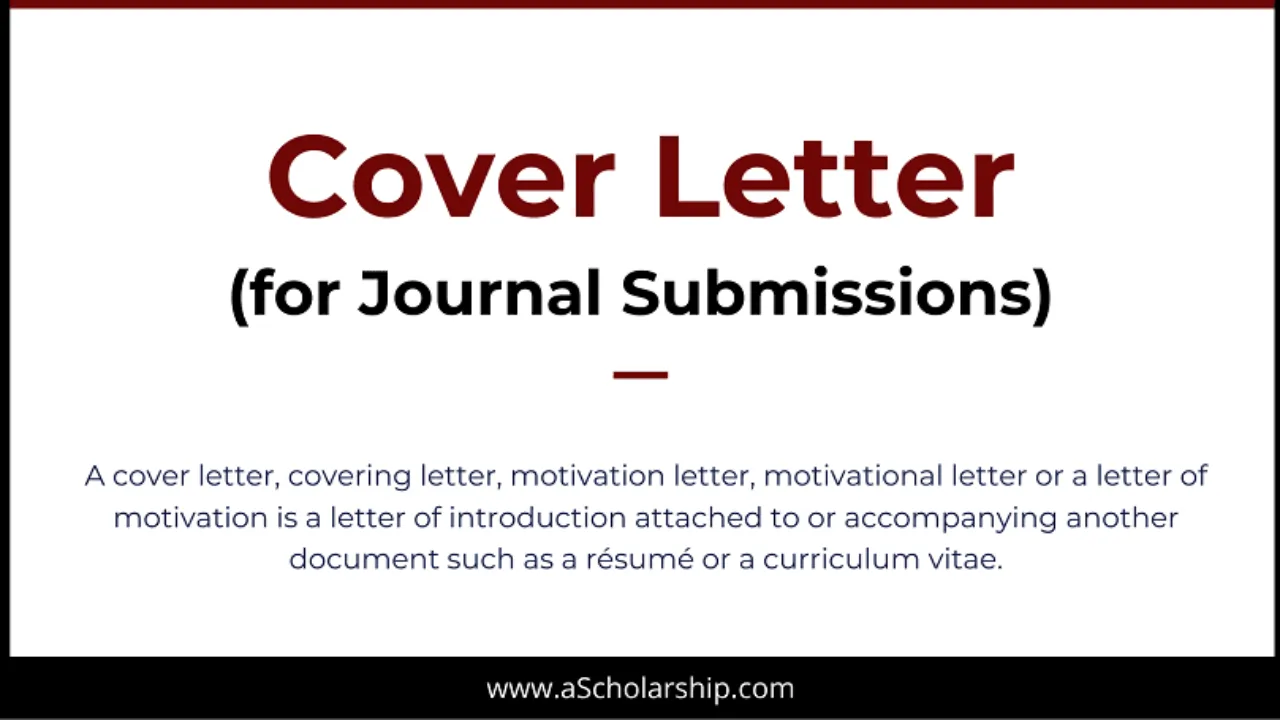What is a Cover Letter for Manuscript Submission
A cover letter for manuscript submission serves as your introduction to the journal editor, offering a concise overview of your research and its relevance. It’s your first opportunity to make a positive impression, setting the stage for the editor’s evaluation of your work. Think of it as a formal handshake, establishing your credibility and professionalism before the editor delves into your research. This document accompanies your manuscript, providing essential context and persuading the editor to consider your work for publication. The letter is not a summary of the manuscript but a persuasive communication tool highlighting its significance and suitability for the target journal. It’s a critical component of the submission process, often overlooked, yet significantly impacts the editor’s initial perception and decision-making.
Why is a Cover Letter Important
The cover letter is more than just a formality; it’s a strategic tool that significantly influences the acceptance of your manuscript. It provides the editor with a clear understanding of your research’s scope and impact, helping them determine if your work aligns with the journal’s focus and readership. A well-crafted cover letter can highlight your manuscript’s strengths, such as its originality, methodological rigor, and potential contribution to the field. It showcases your understanding of the journal’s aims and scope, demonstrating that you’ve chosen it deliberately. Furthermore, the letter allows you to address any potential issues or concerns upfront, such as conflicts of interest or ethical considerations, building trust and transparency. A compelling cover letter can persuade the editor to prioritize your manuscript, potentially leading to faster review and a higher chance of publication. Therefore, investing time and effort in creating a strong cover letter is crucial for successful manuscript submission.
Key Components of a Cover Letter

A comprehensive cover letter includes several key elements that collectively present your manuscript effectively. Begin with the date, your contact information, and the editor’s details, including their name and title. The opening paragraph should clearly state your purpose: submitting your manuscript for consideration. Mention the manuscript’s title and the journal you’re submitting to. The body of the letter should concisely summarize your research, emphasizing its key findings and significance. Explain why your work is a good fit for the journal, referring to its scope, audience, and any specific guidelines. Highlight the manuscript’s originality and contribution to the field, referencing its impact and potential implications. Address any conflicts of interest or ethical considerations openly. Lastly, include a polite closing, expressing your gratitude for the editor’s time and consideration, and state your willingness to assist with any revisions or further requirements. Provide your full contact information again, ensuring that the editor can easily reach you.
Formatting and Structure
Proper formatting and structure are essential for a professional cover letter. Use a clear, easy-to-read font like Times New Roman or Arial, with a font size between 10 and 12 points. Maintain a formal tone throughout the letter, avoiding informal language or slang. Begin with a formal salutation, such as ‘Dear Dr. [Editor’s Last Name]’. Divide the letter into well-defined paragraphs, each addressing a specific point. The overall length should be concise, ideally limited to one page. Ensure proper grammar, spelling, and punctuation; proofread meticulously before submitting. Use a professional layout, with appropriate margins and spacing, making it visually appealing and easy to read. Structure your letter logically, moving from introduction to a summary of your work, its significance, and finally, a professional closing. The goal is to convey information clearly and concisely, demonstrating your attention to detail and respect for the editor’s time. Poor formatting can detract from the content, so pay close attention to these details.
Addressing the Editor
Addressing the editor correctly is a fundamental aspect of cover letter writing. Research the journal to find the editor’s name and title; address them formally, using ‘Dear Dr.’ or ‘Dear Professor’ followed by their last name. Avoid generic salutations such as ‘To Whom It May Concern’ as it can create the impression that you have not taken the time to personalize your submission. If you are unsure of the editor’s name, consult the journal’s website or contact the editorial office. In the body of the letter, maintain a respectful and professional tone. Refer to the editor by their title and last name when appropriate. Show your awareness of the journal’s focus, demonstrating that you have targeted it purposefully. This personalized approach shows respect for the editor’s time and efforts, helping you establish a positive first impression. A well-addressed letter indicates that you have done your homework and are genuinely interested in publishing in that specific journal.
Opening Paragraph Essentials

The opening paragraph sets the tone for your entire cover letter, making it crucial to get it right. Start by clearly stating your intention to submit your manuscript for consideration for publication in the specific journal. Include the manuscript’s title immediately, allowing the editor to quickly understand what you are submitting. Briefly mention the type of manuscript (e.g., original research, review article) to provide immediate context. Express your enthusiasm for the journal and mention any relevant alignment between your research and the journal’s scope. This paragraph needs to be concise, direct, and professional. It should capture the editor’s attention and encourage them to read the rest of the letter. Avoid generic phrases; instead, personalize your opening to reflect your genuine interest in the journal. This paragraph should be a hook that persuades the editor to learn more about your work, setting a positive tone for the rest of the communication.
Manuscript Details [Include]
Provide essential details about your manuscript to help the editor assess its suitability for the journal. Begin by stating the full title of your manuscript, allowing the editor to easily identify it. Specify the type of manuscript (e.g., original research, review article, case study) to give immediate context. Briefly summarize the key findings of your research, emphasizing its novel aspects and contributions to the field. Mention the study’s methodology, highlighting its rigor and any innovative approaches you’ve used. Indicate the number of words and figures/tables included, providing a sense of the manuscript’s scope. State the manuscript’s main conclusions and implications, conveying its overall significance. If there are any associated materials like supplementary data, mention them. Make sure the information is presented clearly and concisely, providing the editor with the information they need to assess your work’s relevance and value.
Highlighting Your Work’s Significance
Emphasize the significance of your work to capture the editor’s attention and demonstrate its potential impact. Clearly state the problem your research addresses and why it is important. Explain how your findings advance current knowledge in the field, highlighting any novel contributions or groundbreaking discoveries. Discuss the practical implications of your research, such as its potential impact on policy, clinical practice, or further research. Mention the study’s implications for the journal’s readership, linking your work to their specific interests. Briefly discuss how your work aligns with the journal’s scope and mission, specifically referencing the journal’s aims and objectives. Provide evidence of the impact or influence of your study by referencing related studies. Demonstrate that your work is not only interesting but also has the potential to make a meaningful contribution to the scientific community. This section helps the editor understand the broader implications of your research and its value.
Addressing Potential Conflicts of Interest

Transparency regarding potential conflicts of interest is essential for maintaining academic integrity. Clearly state any potential conflicts, such as financial interests, affiliations, or relationships that might influence the interpretation of your findings. If no conflicts exist, explicitly state this to assure the editor and readers. Disclose all sources of funding for your research. Follow the specific guidelines of the target journal, as the requirements for disclosing conflicts may vary. Provide this information in a straightforward, transparent manner, demonstrating your commitment to ethical research practices. This disclosure builds trust with the editor and potential readers, ensuring that your work is evaluated fairly and objectively. If you fail to disclose a conflict of interest, it could lead to rejection of your manuscript or even retraction of the published work.
Closing the Cover Letter Professionally
A professional closing leaves a lasting positive impression, so make it count. Express your gratitude for the editor’s time and consideration, demonstrating respect for their efforts. Reiterate your willingness to assist with any revisions or additional requirements, such as providing extra data or clarifying specific points. Include your full contact information (name, affiliation, email address, and phone number) to facilitate easy communication. Close with a formal salutation, such as ‘Sincerely’ or ‘Respectfully’. Proofread the entire cover letter one last time to ensure there are no grammatical errors or typos. Ensure that the formatting is consistent and professional. A well-crafted closing reinforces your professionalism and commitment to the publication process, making a positive final impression. This concluding paragraph should confirm your dedication and enthusiasm for the publication process.
